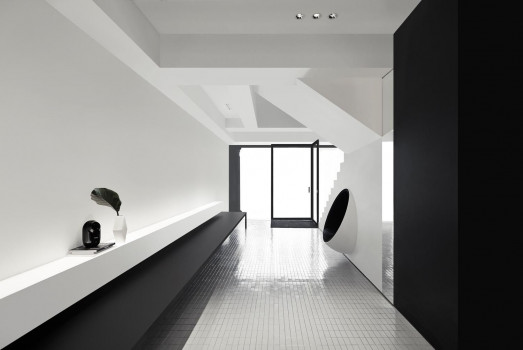Tornhuset



TERROIR won an international competition in 2011, in collaboration with Kim Utzon Arkitekter, for the United Nations affiliated WMU in Malmo. This collaboration continued throughout all stages of the project to completion.
In urban terms, the building was conceived as a ‘hinge’ or transition from the old town of Malmo to the harbour area where it is sited. This ‘hinge’ conception prompted a material language of folded plate, allowing it to act as both a pivot point on the street, and a hinge between itself and the original Tornhuset.
The new building form emerged from the original Tornhuset roof line – a formal play on the simple gable logic which is then embellished as it resolves this with the building’s floor plate. We adopted a similar strategy, laying out a series of formal alignments with the existing building that were elaborated on to draw views and light to the interior – while presenting a largely solid form in elevation. The building is clad in aluminium cladding relates tonally to the original Tornhuset roof, while the material itself is a simile for the painted metal sheeting traditionally used in both Swedish and Australian architecture – a contextual nod to the collaborating practices.
APPROACH
By locating traditional teaching spaces located in the existing building and researcher spaces in the extension, the edge of the new building was fractured to provide an active edge that could be occupied by bump spaces, meeting rooms, seats and balconies, supporting multiple forms of interaction. A café draws people to the top level, ensuring these intermediate spaces support multiple forms of interaction. Meanwhile at ground, the amphitheatre is opened up such that it could be located adjacent to, visible from, and organisationally part of the foyer and circulation that traverses the space between both building. The third space between the two buildings is thus crucial; without it, the potential for public interaction with the activities of the institution would have been severely curtailed.
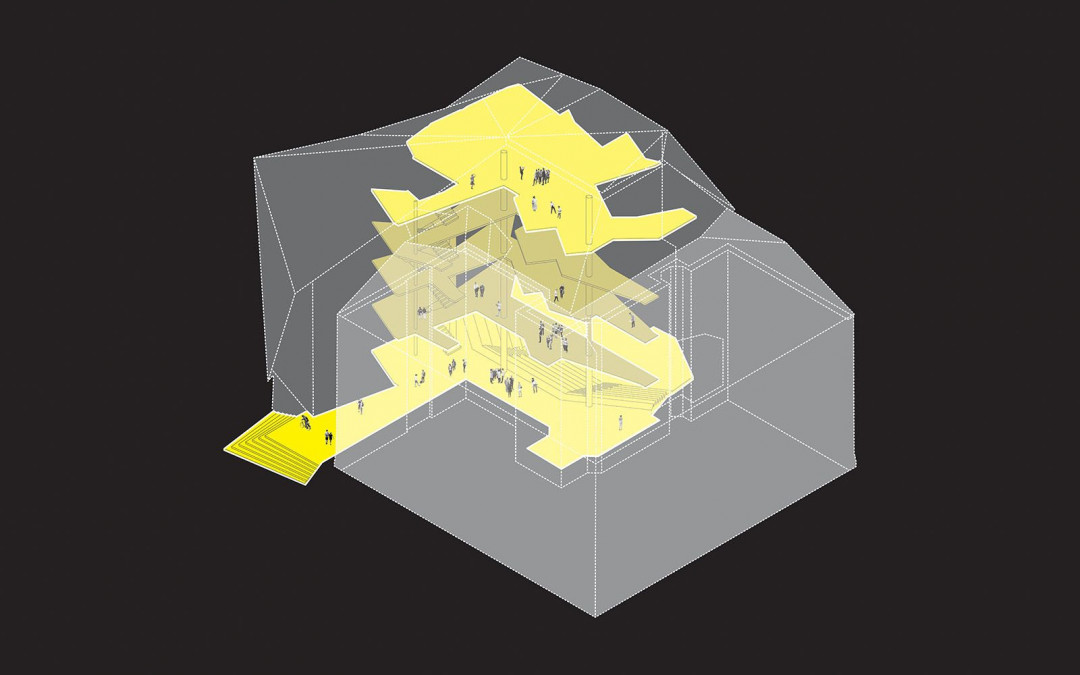

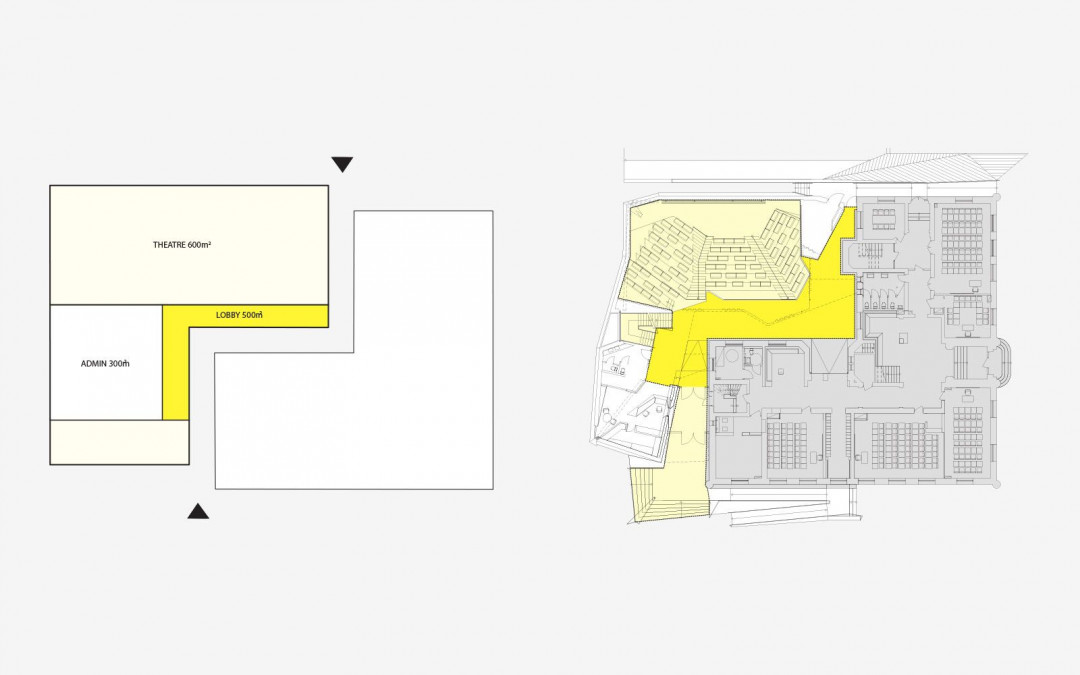
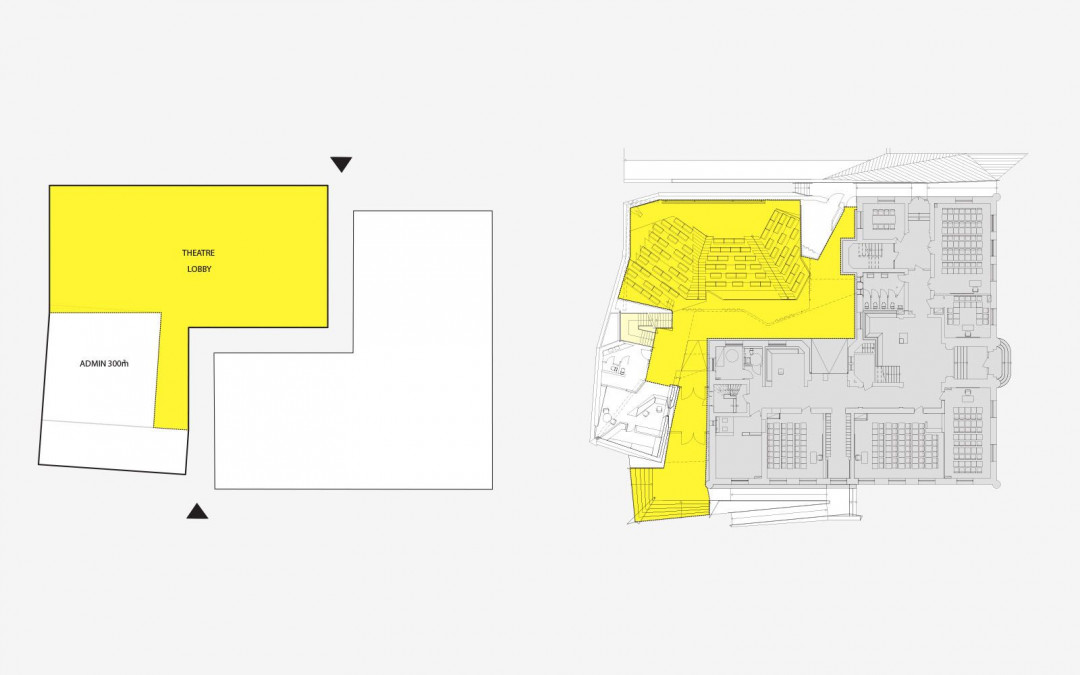
GALLERY
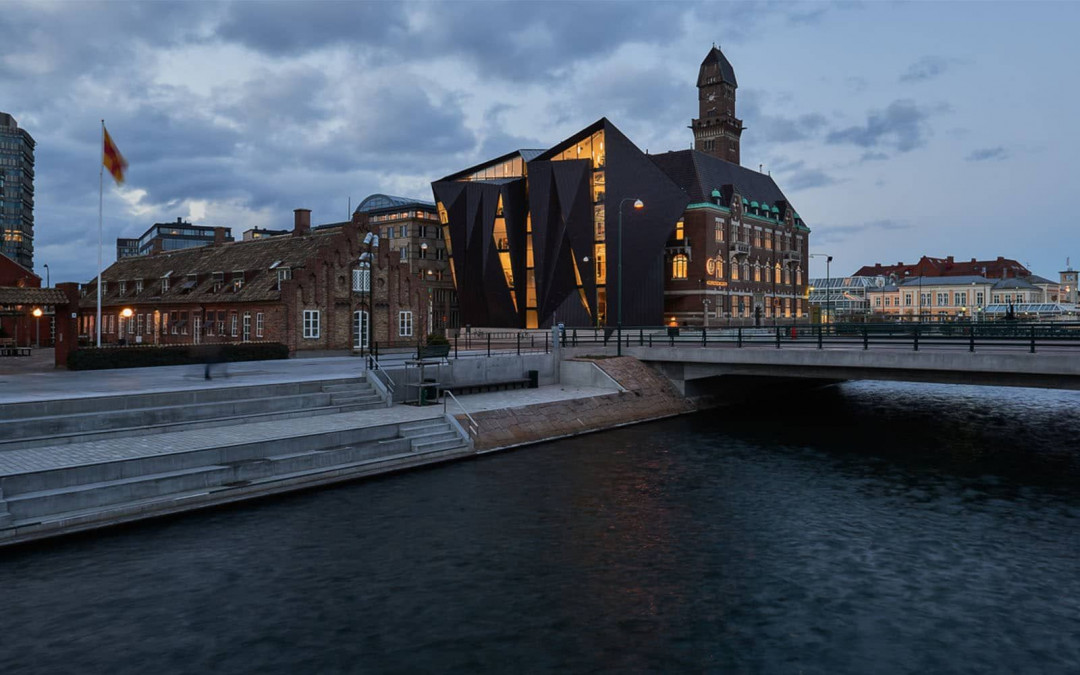
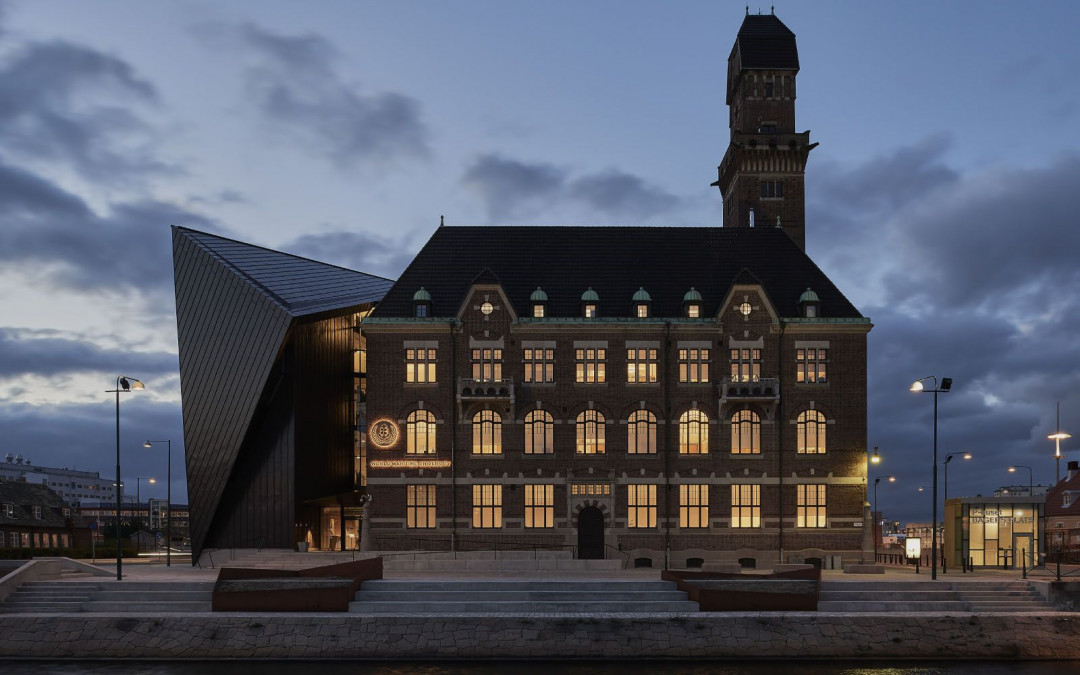

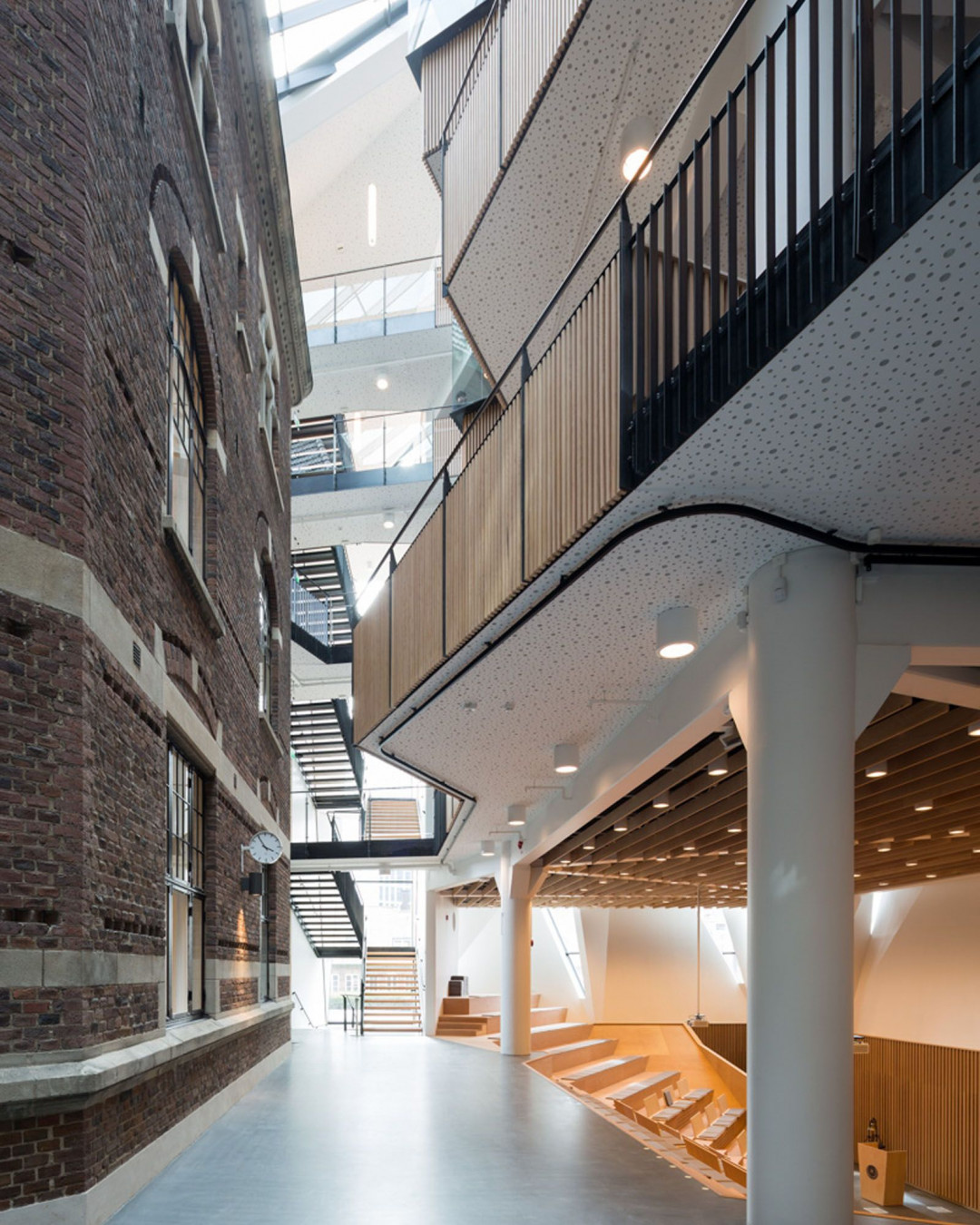
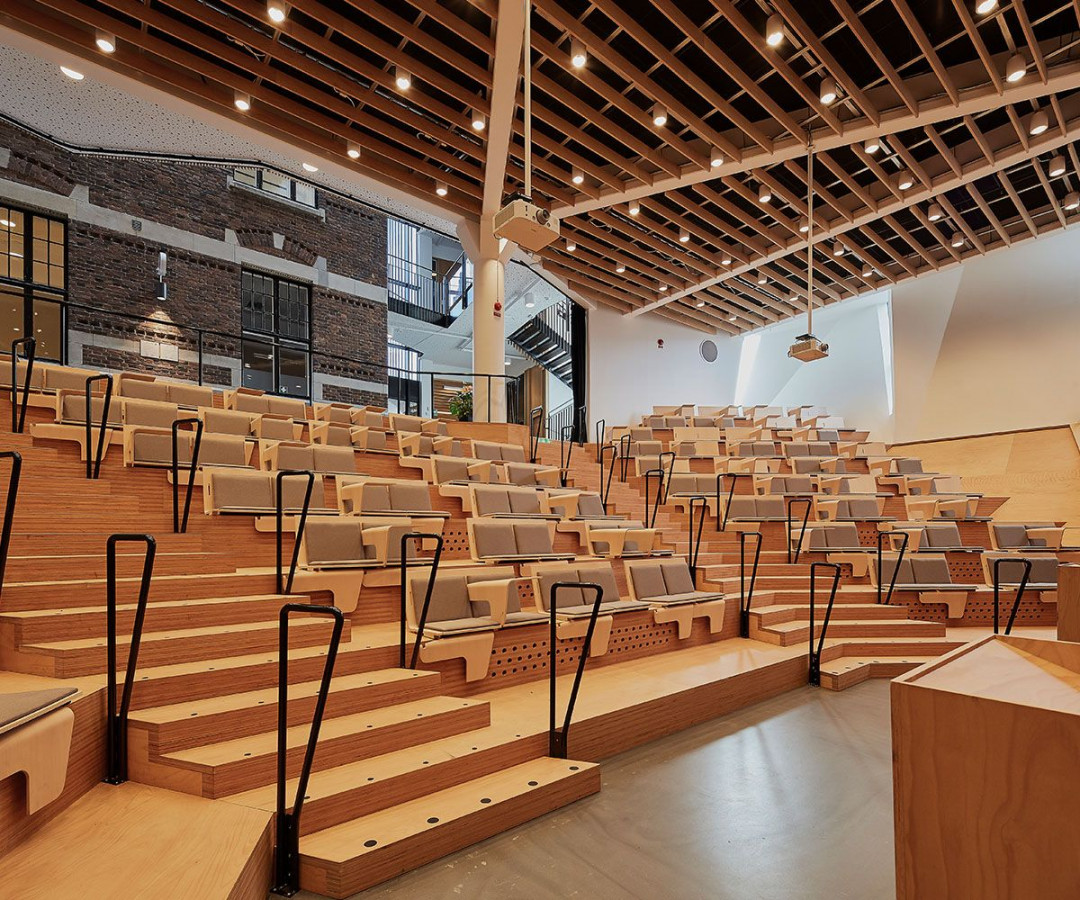
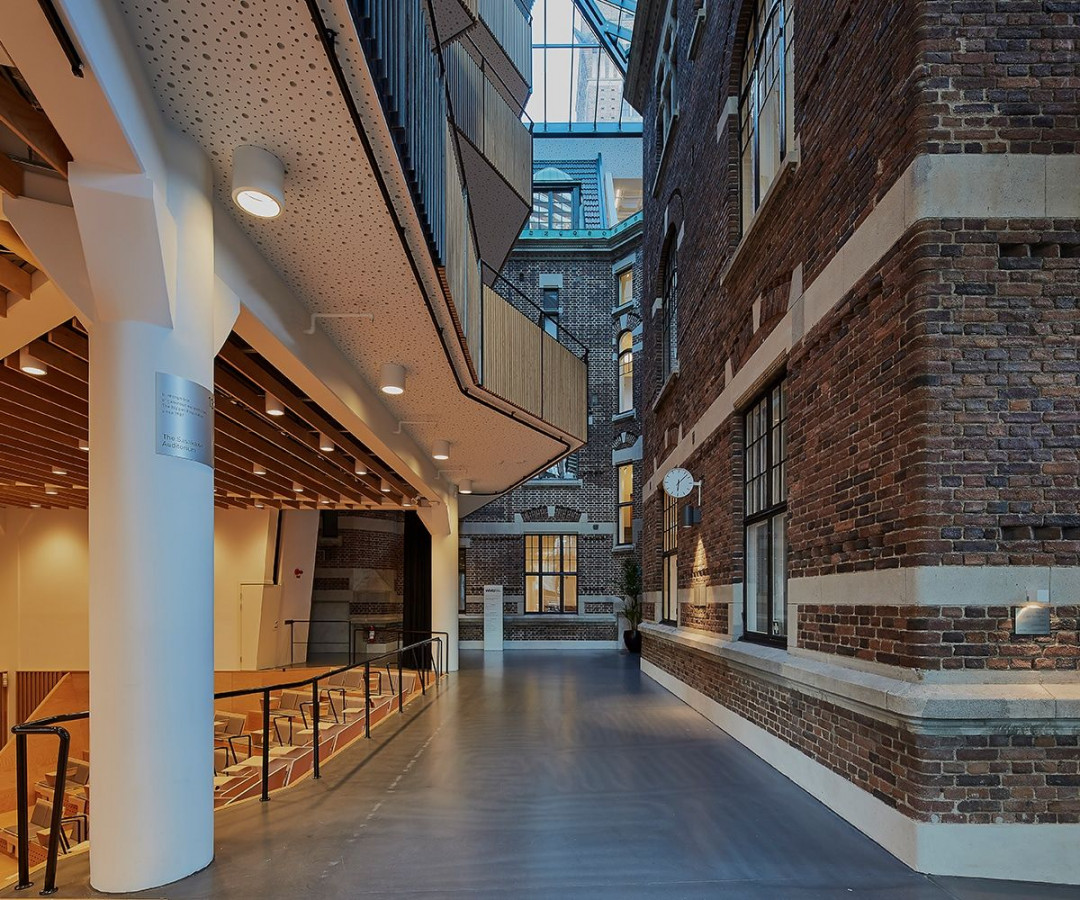
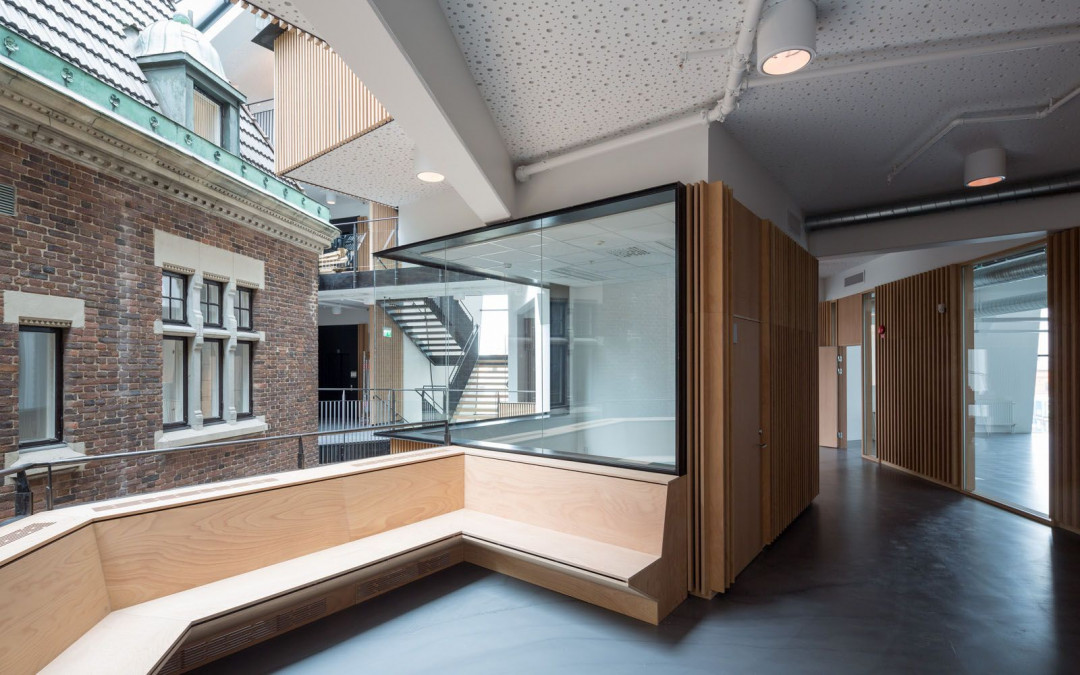
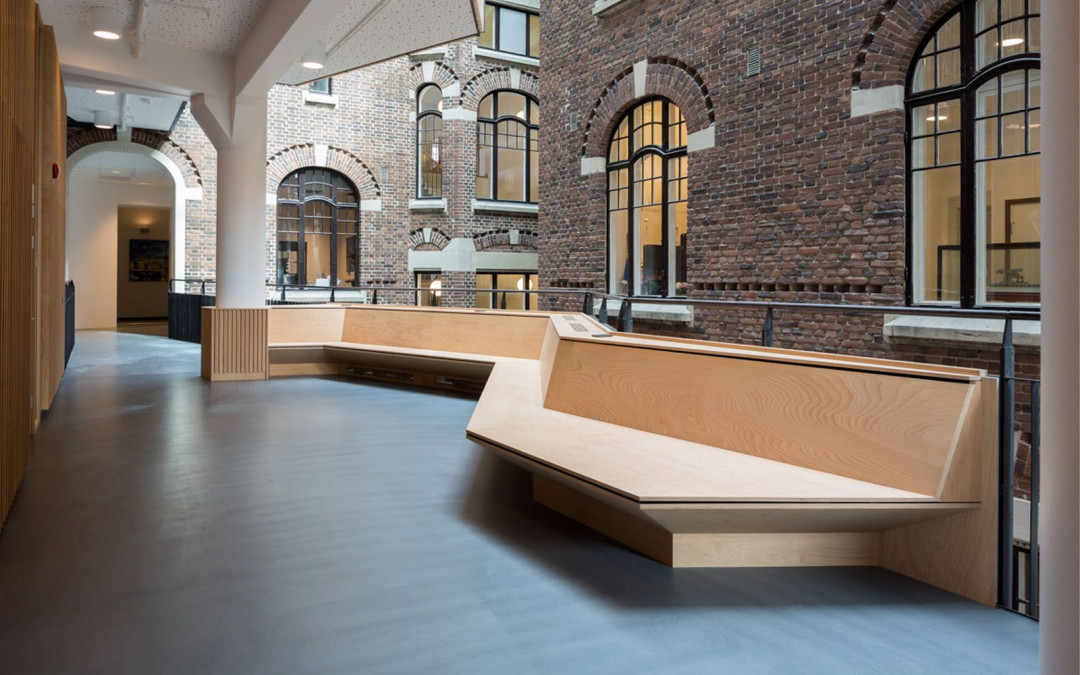
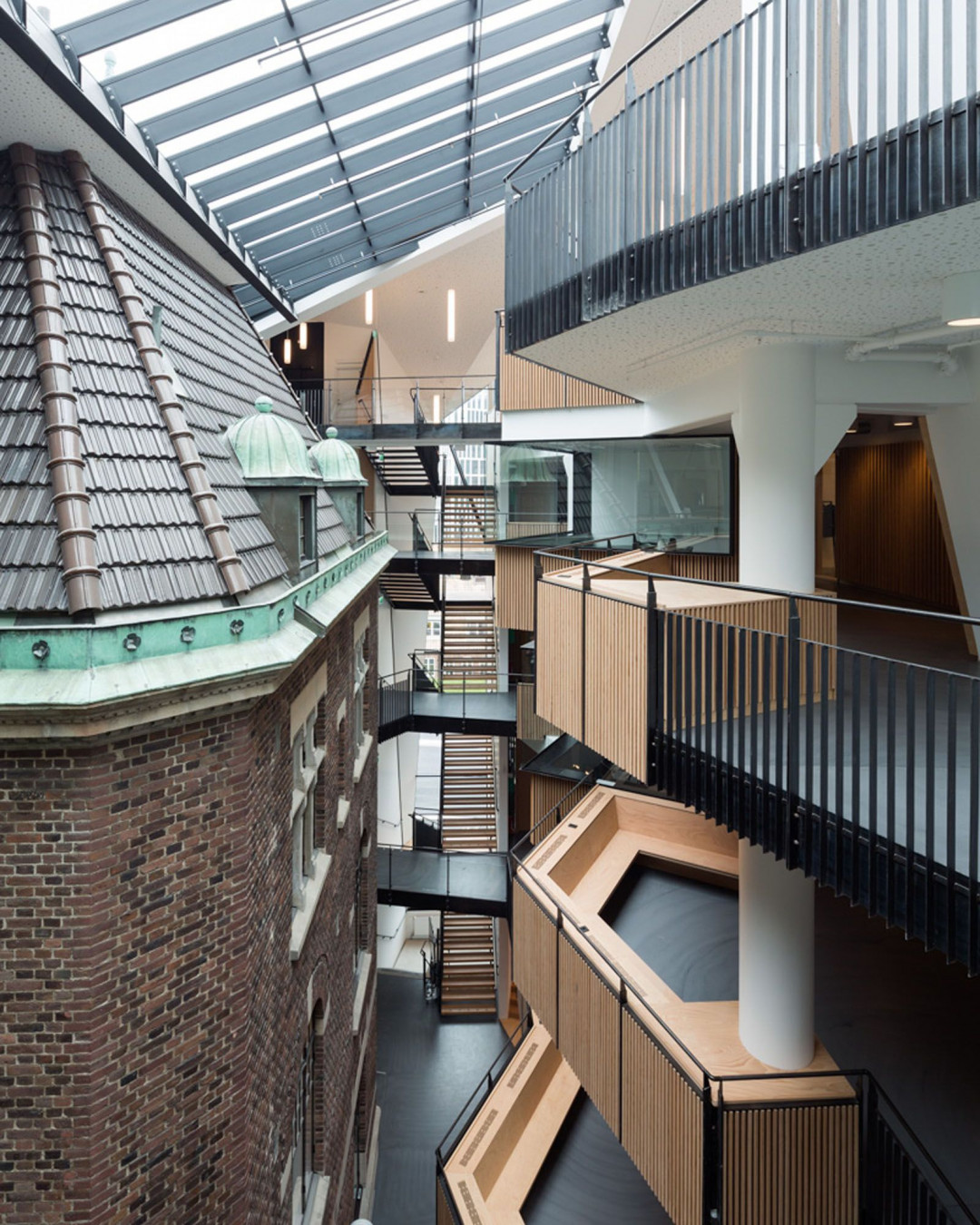

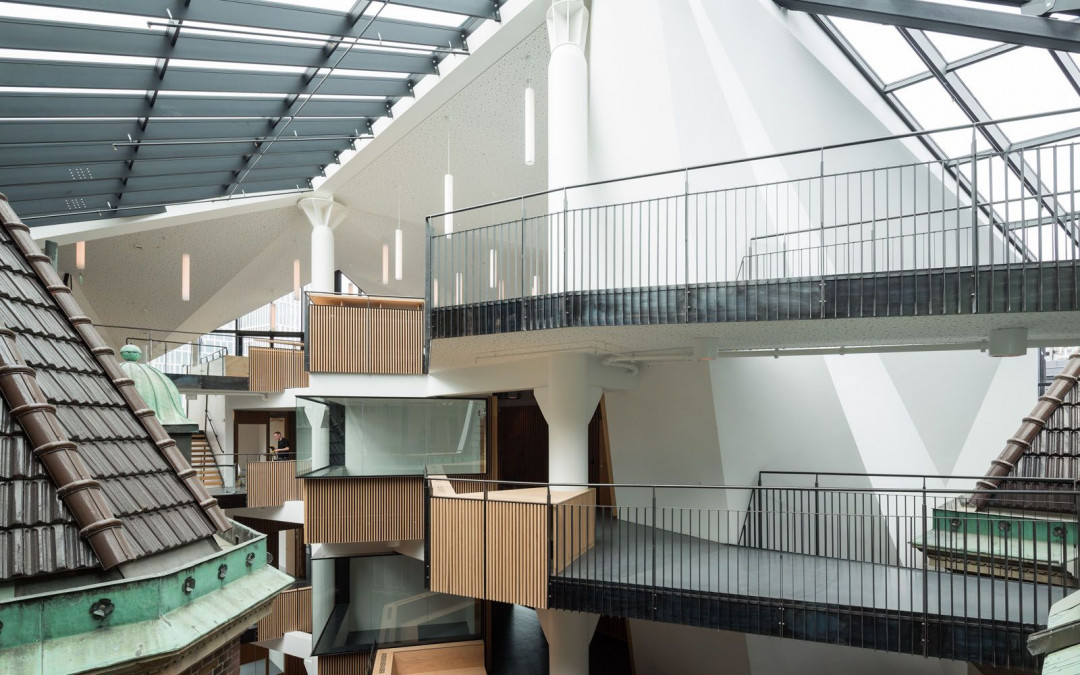

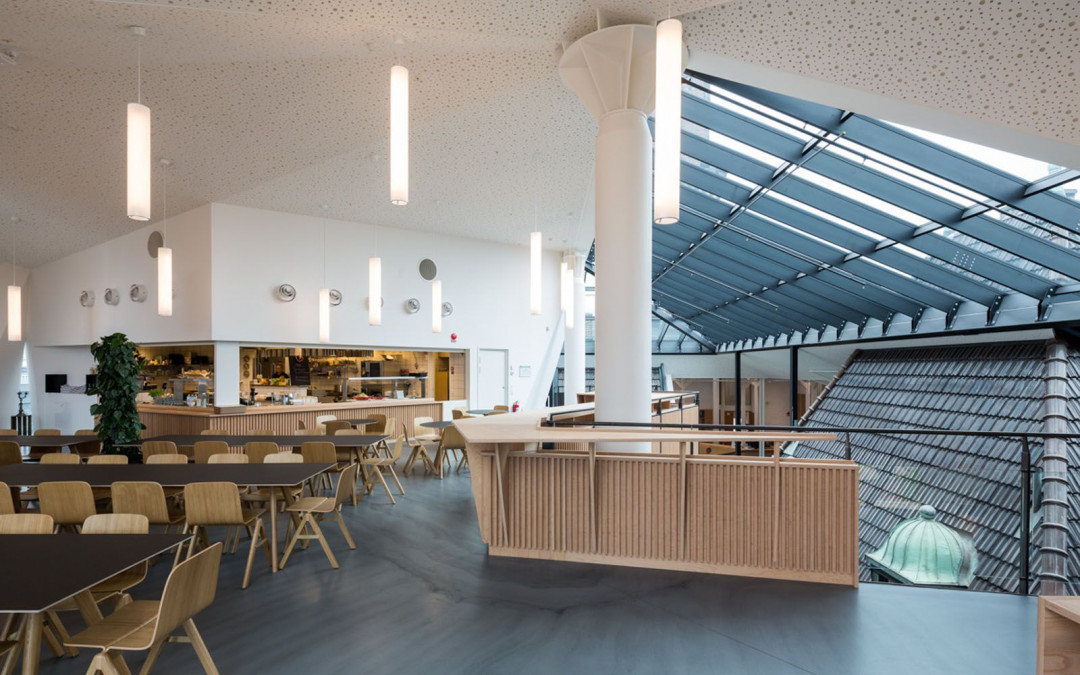
DRAWINGS
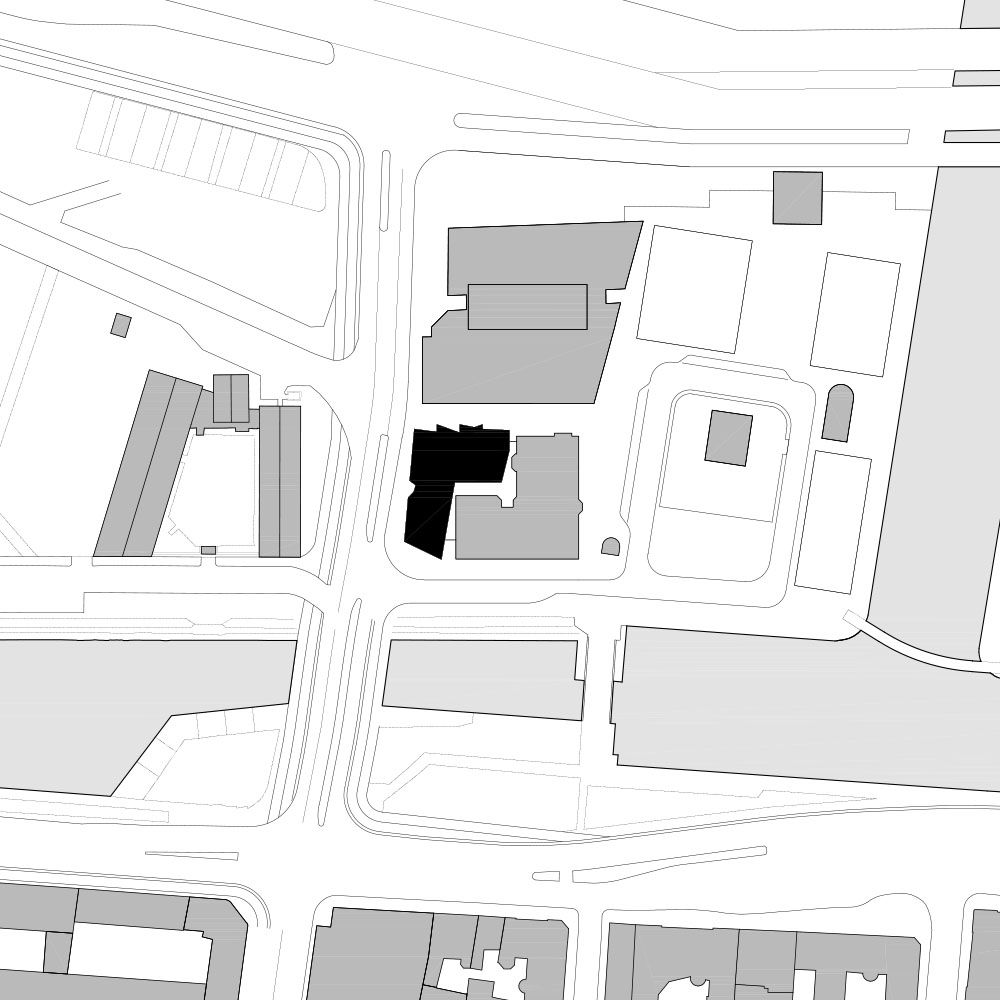
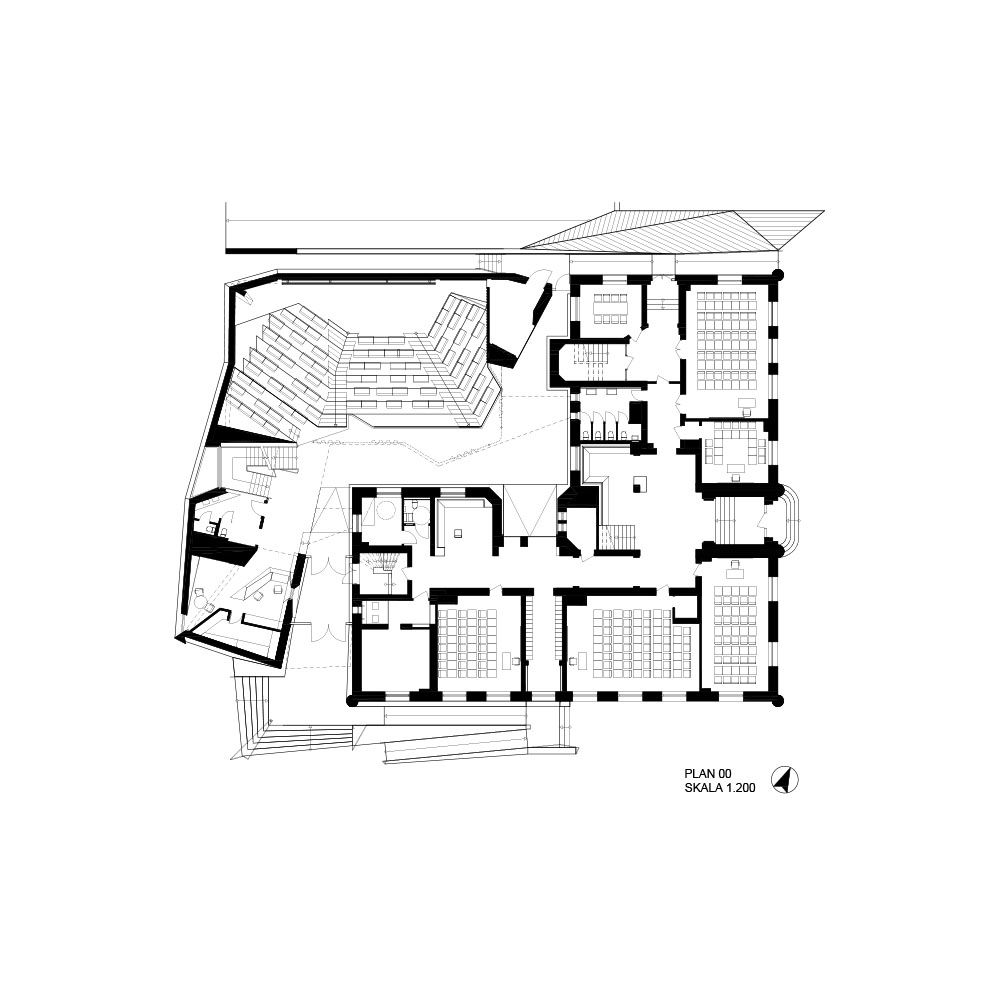

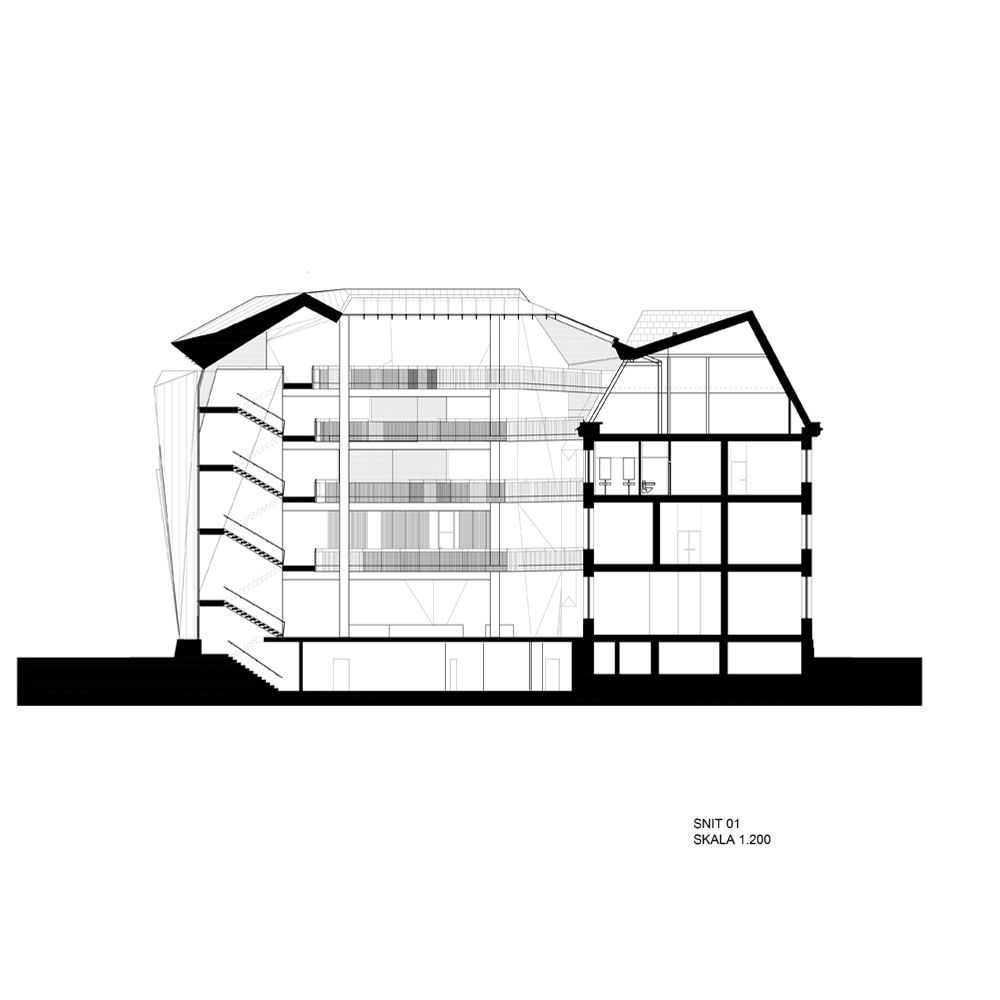
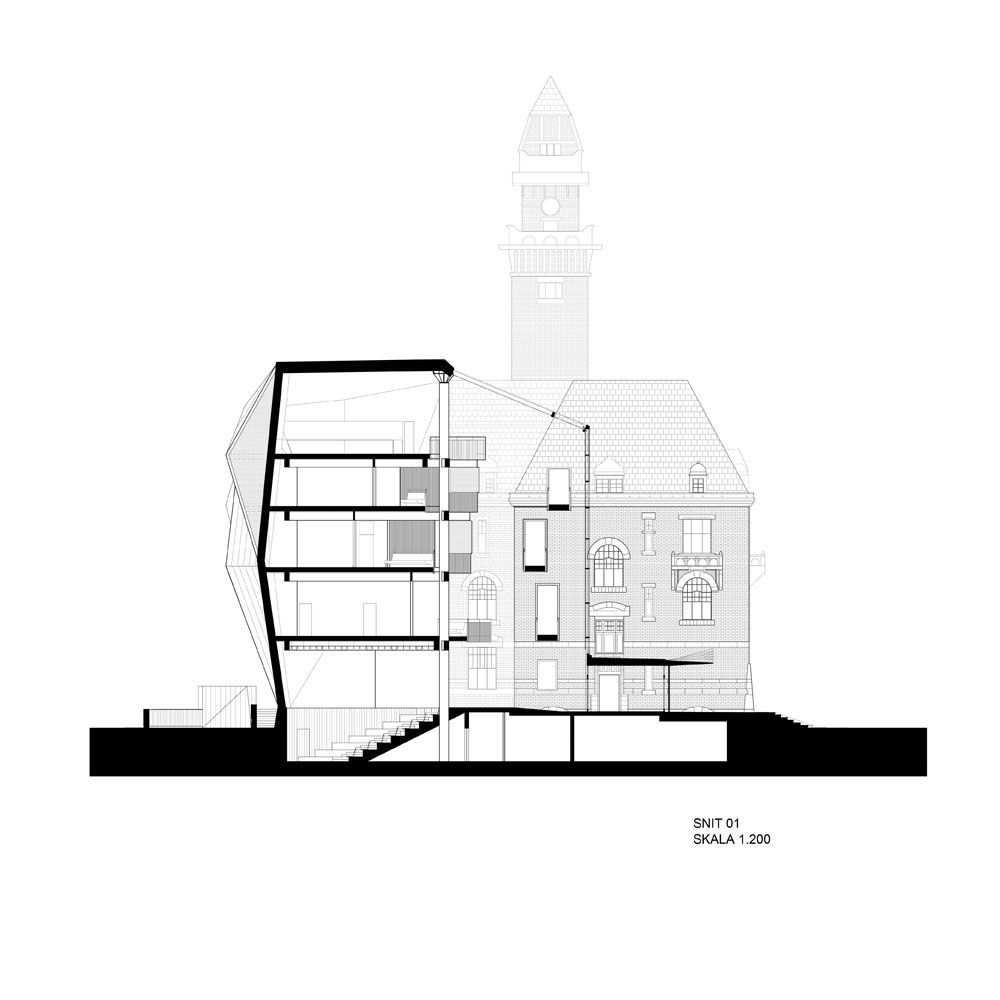

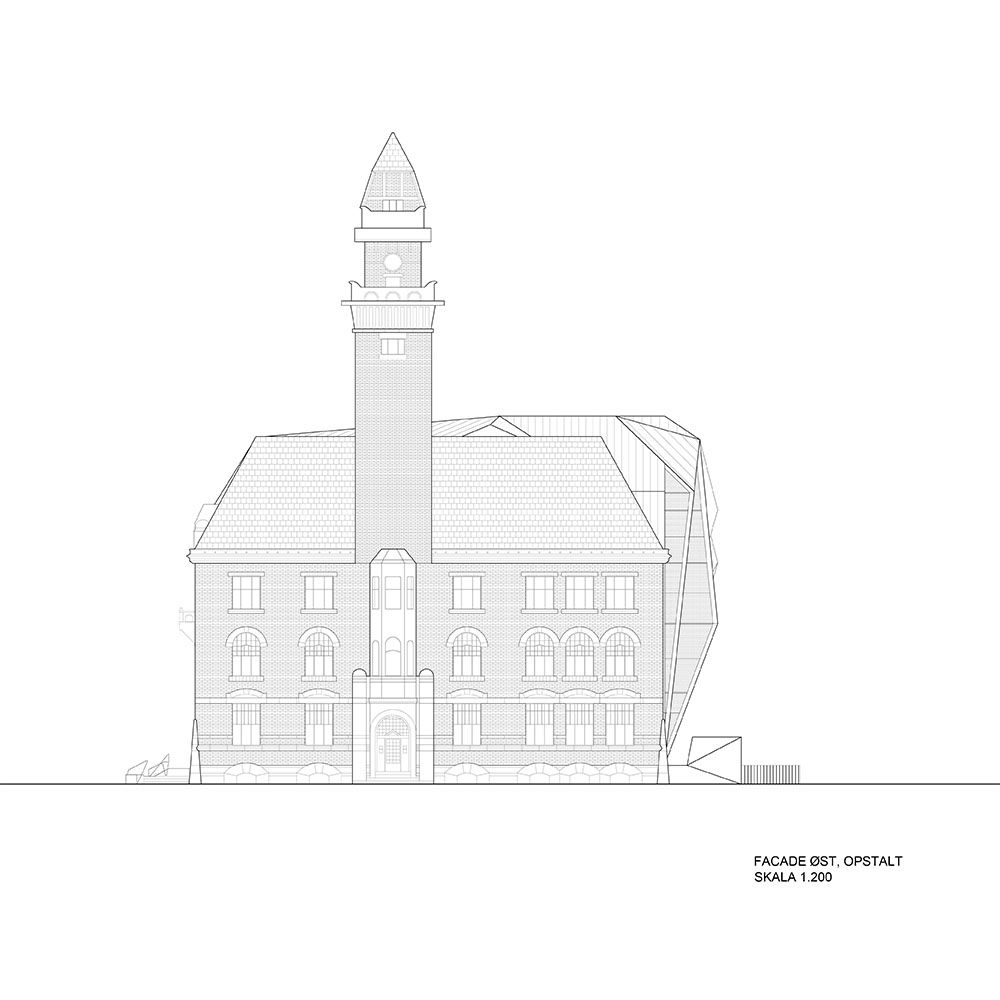
.jpg)
MODELS

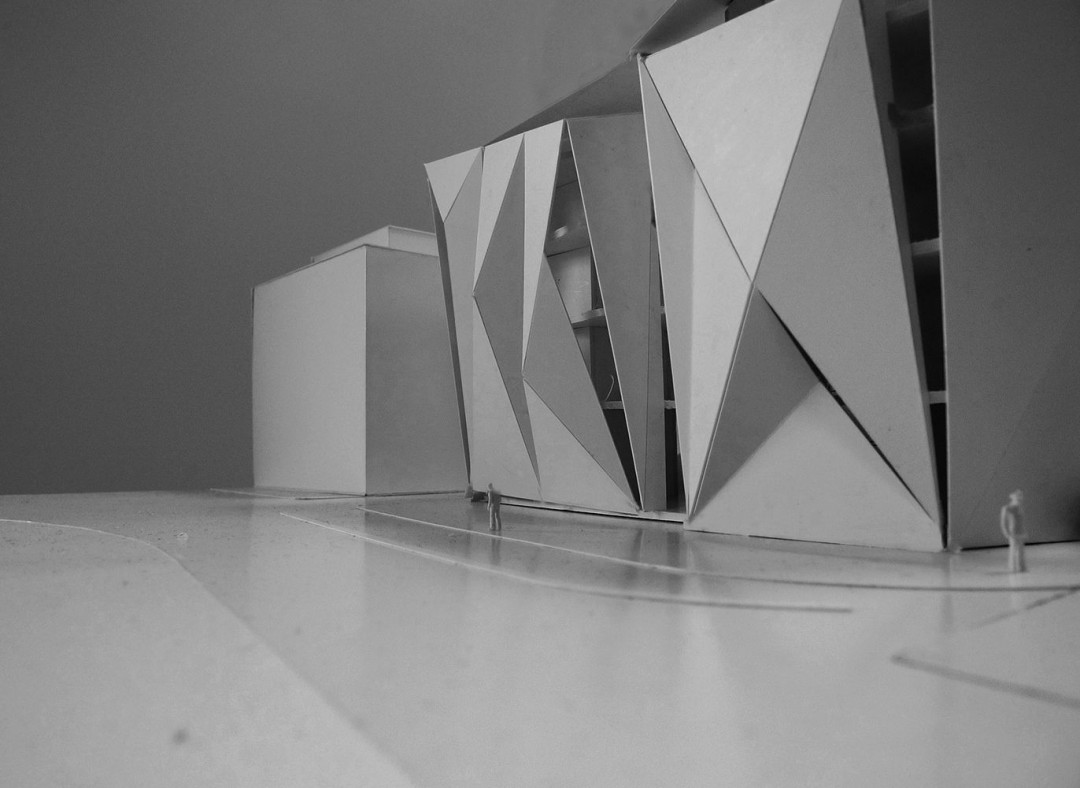



This article originally appeared in terroir.com.au









 Indonesia
Indonesia
 Australia
Australia
 New Zealand
New Zealand
 Philippines
Philippines
 Hongkong
Hongkong
 Malaysia
Malaysia





